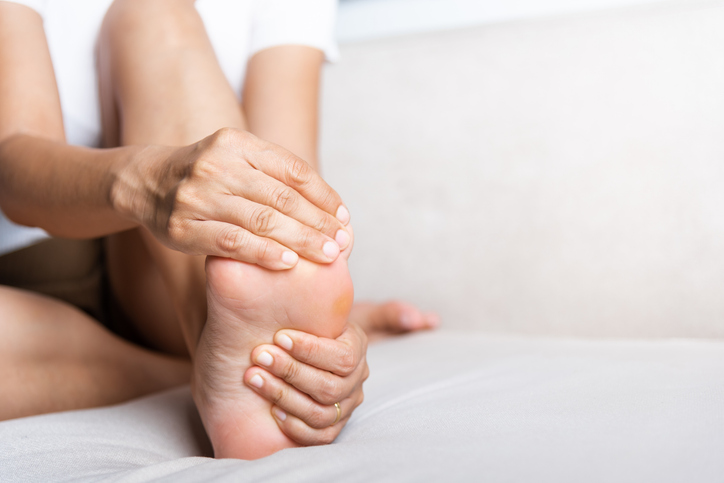What Causes Complex Regional Pain Syndrome?
Complex regional pain syndrome (CRPS) is a chronic condition that manifests pain and other sensations in a particular limb. This condition can manifest for various reasons, but it is most commonly the result of a traumatic injury, infection, or certain autoimmune diseases. Regardless of the cause, the symptoms are typically similar. The nerve damage can lead to abnormal processing of pain signals, resulting in heightened sensitivity and prolonged pain. This condition can keep patients from spending time with their friends and family and may prevent them from engaging in their favorite activities due to their pain. You deserve to find relief from your CRPS symptoms.
At BEST Health System, we work closely with CRPS patients to help them find meaningful relief from their discomfort. We offer minimally invasive surgical options that are successful alternatives to traditional approaches. Our most common procedure – spinal cord stimulation – is a modern treatment option that helps patients regain control of their bodies and helps reduce nerve-related pain.
The Three Stages of Complex Regional Pain Syndrome
Complex regional pain syndrome can be broken down into three stages: acute, dystrophic, and atrophic. It is important to understand the different stages to know which one you are currently in. This will help you identify your symptoms and know which treatment options are best to help you find relief.
Patients in the earlier stages can make certain lifestyle changes to optimize their health and prevent further development of nerve damage. Additionally, patients in the acute phase can often find relief through more conservative methods including anti-inflammatory pain medications. Continue reading to learn more about the three different stages of CRPS, and how they affect the body.
Stage I: Acute
The acute phase of complex regional pain syndrome can last between 2-3 months. Patients may recognize this phase through notable symptoms including severe and aching pain, changes in skin temperature, and swollen or stiff joints.
Stage II: Dystrophic
The dystrophic stage of complex regional pain syndrome is characterized by constant swelling, weak nails, sensitivity, and low skin temperatures. This stage will typically last between 3-12 months.
Stage III: Atrophic
If left untreated, the atrophic stage of complex regional pain syndrome typically develops a year after patients first start experiencing symptoms. Patients in this phase will experience changes in the skin, specifically it becoming dry, stiff, stretched, and/or shiny. The muscles and tendons may undergo degeneration, which can lead to contractures in the affected limb.
Complex Regional Pain Syndrome Treatments
During the first two stages, doctors will often recommend that patients explore conservative treatment options including anti-inflammatory pain medications, physical therapy, and injections. Since complex regional pain syndrome is also known to affect patients’ mental health as well, therapy is a huge part of the treatment process. This will help them understand their emotions and learn new ways to find happiness despite these debilitating symptoms.
The most important part of CRPS treatment is helping patients maintain function and comfort in the affected limb. For example, if CRPS manifests in a patient’s leg, most of the treatment efforts will focus on helping the patient continue walking and fixing the disconnect.
Spinal Cord Stimulation with BEST Health System
BEST Health System is dedicated to helping patients with complex regional pain syndrome. Regardless of the stage you are currently in, we work with you to optimize your lifestyle for prevention and find treatment methods that will help regain function and comfort.
Spinal cord stimulation is a modern treatment option that is often recommended to patients who are suffering from a nerve-related condition. Spinal cord stimulation involves implanting a small device that helps block pain signals from reaching the brain. When a nerve is damaged, it alters the way that nerves send signals to the brain regarding pain. Spinal cord stimulation prevents these signals from being sent, allowing patients to live a more comfortable, more pain-free life.
What is it that you miss most about your life before you had complex regional pain syndrome? You deserve to find relief from your chronic condition. If you have been diagnosed or you believe you present the symptoms listed above, we can help.
Connect with the in-demand doctors at BEST Health System to start your journey towards a comfortable, pain-free lifestyle.
